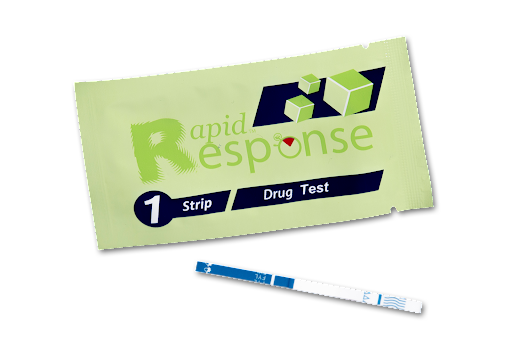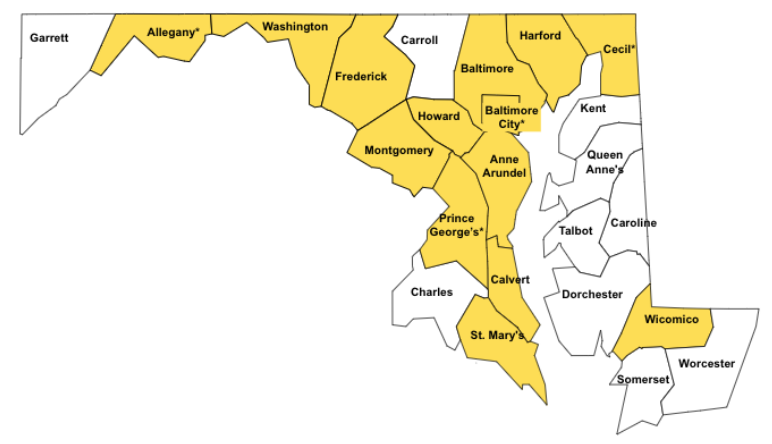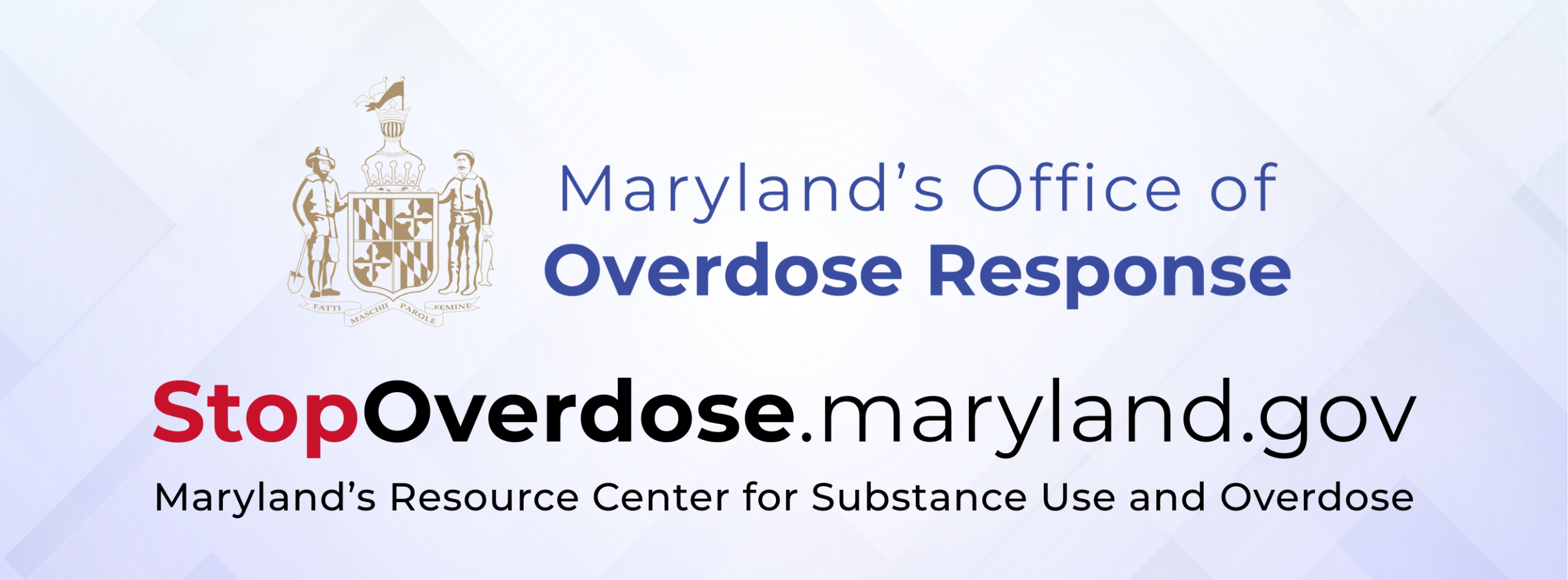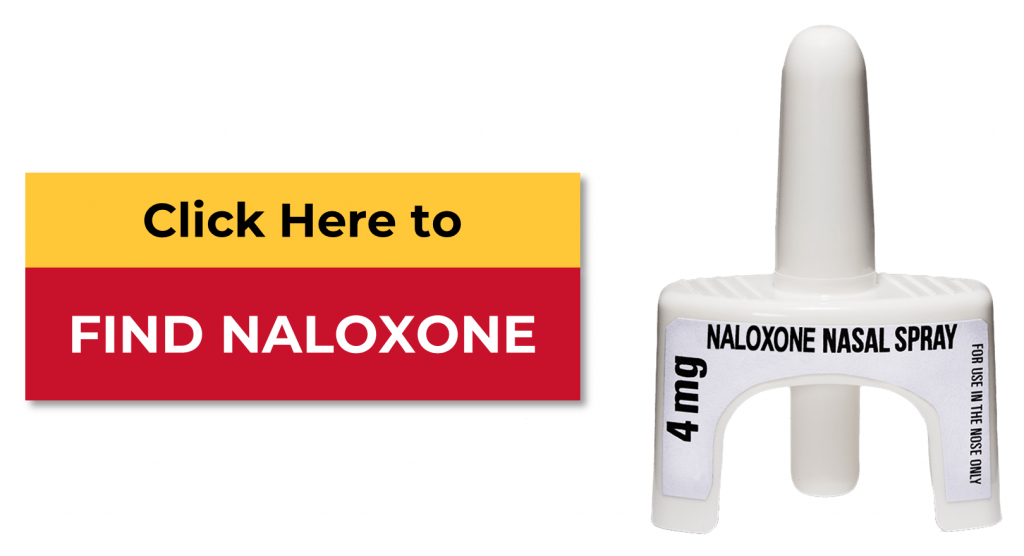Harm Reduction
For immediate information about drug or alcohol treatment options, dial or text 988.
What is Harm Reduction?
Harm reduction emphasizes engaging directly with people who use drugs to prevent overdose, reduce infectious disease transmission, and improve the physical, mental, and social wellbeing of those served. Harm reduction services can provide low-threshold options for accessing substance use disorder treatment and other health care services.
Goals of harm reduction:
- Ensure that people who use drugs have access to compassionate, quality care that is free from stigma
- Provide person-centered, comprehensive, and community-based services
- Make sure that trauma, criminal or legal involvement, and racism do not determine one’s health outcomes or quality of life
Harm Reduction Resources Available in Maryland
The list below contains several harm reduction strategies, although it does not include all harm reduction resources available in Maryland. Visit your local health department or the Center for Harm Reduction Services for more information.
Naloxone
Naloxone is a life-saving medication that can quickly restore the breathing of a person experiencing an opioid overdose. Naloxone has no misuse potential, minimal risk, and will not have an effect on someone who has not used opioids. Anyone can learn how to use naloxone with minimal training. Maryland law protects individuals from liability when using naloxone to respond to an overdose in a medical emergency.
Visit the Center for Harm Reduction Services website to learn how to receive training and access naloxone from one of Maryland’s Overdose Response Programs or pharmacies.
Fentanyl Test Strips
Fentanyl test strips can be used to quickly check for the presence of fentanyl in drugs, which can help people make safer choices.
Learn how to use fentanyl test strips.
For free fentanyl test strips, you can contact your nearest Overdose Response Program (ORP). To find locations near you, please view the Maryland Department of Health’s ORP map. Click on the location markers to view details, then scroll down in the details to confirm what each ORP offers.

Syringe Services Programs

Syringe services programs (SSPs) provide a wide range of services to help people who use drugs, including infectious disease prevention and overdose prevention. There are multiple approved syringe service programs in Maryland that provide access to:
- Overdose education and naloxone distribution
- Substance use disorder counseling, treatment, and recovery services
- HIV, hepatitis C, and sexually transmitted infections testing and linkage to care
- Reproductive health education and services
- Wound care
- Safer use supply distribution and collection
To see SSP locations, hours, and services across Maryland, see the SSP Guide for Syringe Services. You can also visit the Center for Harm Reduction Services website to learn more.
Overdose Risk Reduction
Many strategies can be employed to reduce the risk of overdose for people who use drugs. Several of the live-saving strategies below are best practices provided by theNational Harm Reduction Coalition. The include:
- Start low and go slow
Use a little bit first to see how strong your drugs are. This is especially important if you’re using a new product, were recently abstinent, or if you’ve been sick.
- Don’t use alone
Have an overdose plan in place with your friends or partners. Ask someone to check on you. If you overdose, it’s important to have help nearby. Call the Never Use Alone hotline at 800-484-3731. Let someone know where you are and leave doors unlocked.
- Always have naloxone available
Leave naloxone out in the open in case of overdose.
- Reduce risks when mixing drugs
Avoid mixing opioids with alcohol or benzodiazepines (“benzos”) . Reduce the amount of each drug you are taking.
- Consider how you are ingesting your drug(s)
Injecting drugs has the highest potential for overdose. Snorting still carries risk but may make it easier to control intake.
- Care for your overall health
People with certain health factors have an increased risk of overdosing. If possible, try to eat, drink water, and see a healthcare provider to help you manage other health conditions and screen for health factors that might increase your risk of overdose.
Drug Checking
Rapid Analysis of Drugs (RAD) is a state-wide drug checking program run through the Center for Harm Reduction Services and Maryland’s Syringe Service Programs. RAD allows SSP participants to have their routinely returned paraphernalia sampled and submitted to the National Institute of Standards and Technology (NIST). SSP staff provide the participant’s results back to them, typically within a week. This type of post-use drug checking achieves the following goals:
- Improve the understanding of the Maryland drug market landscape
- Empower people who use drugs with knowledge about the drug supply to help inform their decisions and reduce risk
- Provide critical information about new and emerging trends in the drug supply
To find an SSP near you that participates in RAD, use this guide.
Good Samaritan Law
Maryland’s Good Samaritan Law (or “Good Sam”) protects those who assist with an emergency alcohol- or drug-related overdose.The Good Samaritan Law also protects the person (or people) experiencing the emergency medical overdose. Click here to learn more.


 1-888-373-7888
1-888-373-7888 233733
233733